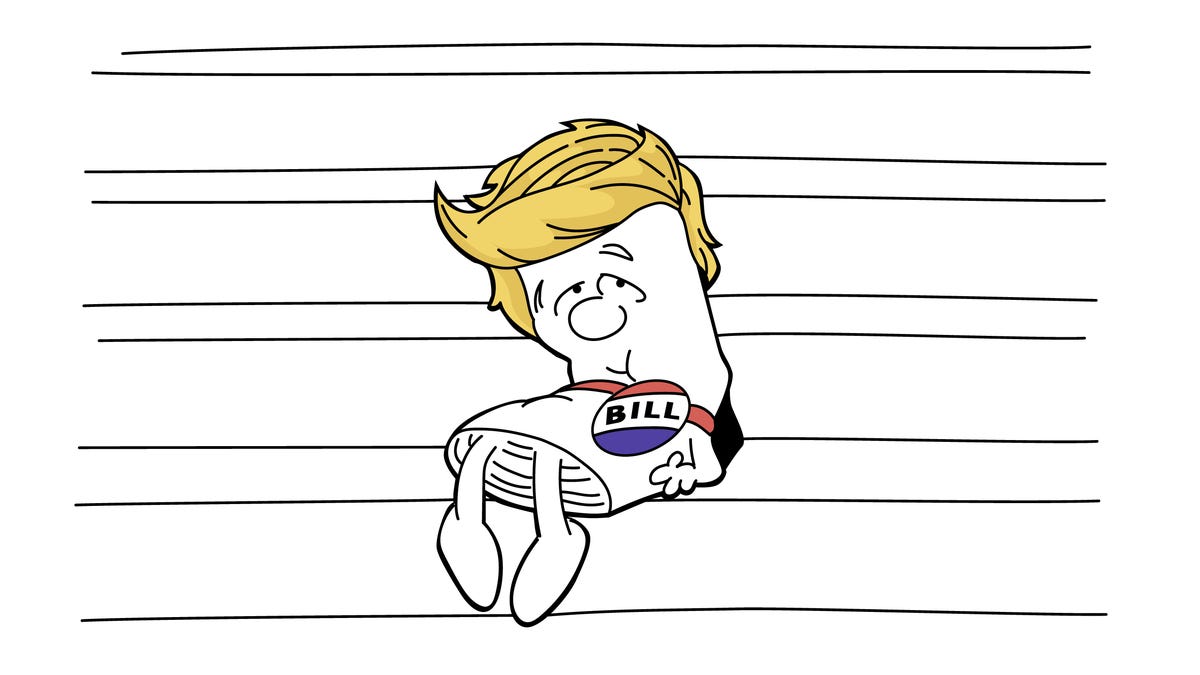“I’m just a bill. Yes, I’m only a bill. And I’m sitting here on Capitol Hill.” As the Schoolhouse Rock song goes, so it may seem it goes with President Donald Trump’s “Big Beautiful Bill.”
Of course, the tax, spending and policy megabill hasn’t just been sitting on Capitol Hill since House Republicans passed it by their Memorial Day deadline. Senate Republicans have been working to find common ground ever since. But now they are running up against another self-imposed deadline to hand the bill over to Trump to sign into law by July 4.
How the bill moves through Congress
Unable to view our graphics? Click here to see them.
Below, we’ve collected the items that will likely have the biggest impact on your lives and your dollars. The biggest among them: extending the 2017 tax cuts, which amounts to about $3.7 trillion that federal government won’t have in its coffers over the next 10 years. Proposed cuts to programs would save about $1.3 trillion, according to a June 17 Congressional Budget Office report.
Three in 5 Americans will continue to have lower federal taxes, which will drive our national debt higher. Within 10 years, this bill alone could ultimately add $3.3 trillion to the current $29 trillion national debt held by the public, according to the CBO.
Skip to: OTHER TAX CUTS, BENEFITS | MORE FUNDING | LESS FUNDING
In addition to extending the tax cuts from the 2017 tax bill, the House version would give people who live in high-tax states such as California, New York and New Jersey a bigger income tax deduction for state and local taxes, known as SALT. A recent Senate proposal wouldn’t increase the deduction.
In one of the most talked-about provisions and one of Trump’s 2024 campaign promises, tips and overtime wages would no longer be taxed. A new Senate proposal sets limits on both. The other tax reductions now in the House’s tax bill:
How big is the bill for the tax bill?
Depending on whom you ask on Capitol Hill, the cost of the bill could be as little as $440 billion, while other, more conventional estimates put the cost at nearly 10 times higher.
In recent days, Senate Republicans requested that the Joint Committee on Taxation omit the 2017 tax cuts in a new estimate. Without those portions, the bill’s total cost falls to $441 billion. Senate Republicans argue that because the bill extends current tax law, those cuts shouldn’t be counted. More traditional methods have pegged the cost around $2.4 trillion − not including the interest costs.
Contributing: Reuters









